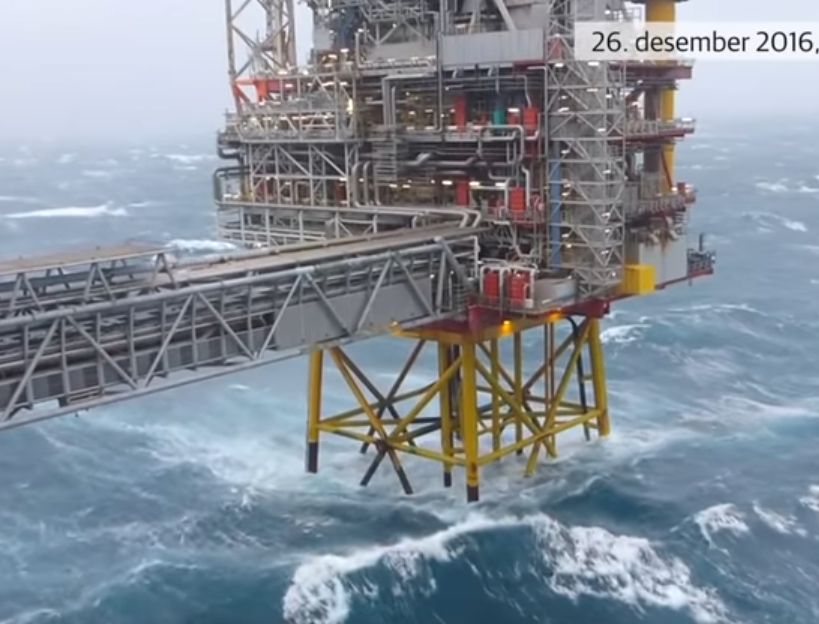
Oil prices pared gains after earlier hitting 18-month highs yesterday, the first trading day of 2017.
Crude prices were buoyed earlier in the day by hopes that a deal between Opec and other big oil exporters to cut production, which kicked in on Sunday, will drain a global supply glut.
But by last night Brent futures were down 95 cents, or 1.7%, at $55.87 a barrel, while US West Texas Intermediate (WTI) crude fell 95 cents to $52.77 per barrel.
A stronger greenback pressures demand for dollar-denominated crude, making barrels more expensive for users of other currencies.
Nevertheless, some North Sea firms maintained a boost from the crude upsurge. EnQuest shares closed 8.3% higher to 45.5p, while Tullow Oil rose 5.6% to 330.1p.
January 1 marked the official start of a deal agreed by the Organization of the Petroleum Exporting Countries (Opec) and other exporters such as Russia to reduce output by almost 1.8 million barrels per day.
Investors will be watching OPEC closely to see whether the group’s members keep their promises to reduce production.
“If 2016 was the year of words, 2017 must be the year of actions,” said Tamas Varga, senior oil analyst at London brokerage PVM Oil Associates.
Analysts at credit ratings agency Moodies said they remained “sceptical” about the Opec agreement, as it predicted a medium-term oil price band of $40-$60 per barrel over the next two years.
The Moodies Investor Service report on the global oil and gas industry said prices retreating to the low $40s this year would “raise the industry’s stress, if not as severely as in 2014”, but that prices in the mid-to-high $40s “would continue to offer some relief for oil producers”. Meanwhile, if prices trended above $50 the firm could “ take positive rating actions” on oil and gas firms.
But the group warned the oilfield services and drilling (OFS) sector will have another tough year in 2017, particularly in “highly capital-intensive deepwater and ultra-deepwater markets” which is unlikley to see recovery “until 2018 or later”.
The firm added: “Excess capacity will remain particularly woeful for offshore rig, vessel, remotely operated vehicles and helicopter services, as well as for onshore rig and well servicing.
“We expect utilization rates to improve throughout 2017, but pricing power possibly not until late 2017, as equipment supply better aligns with customer demand.”

